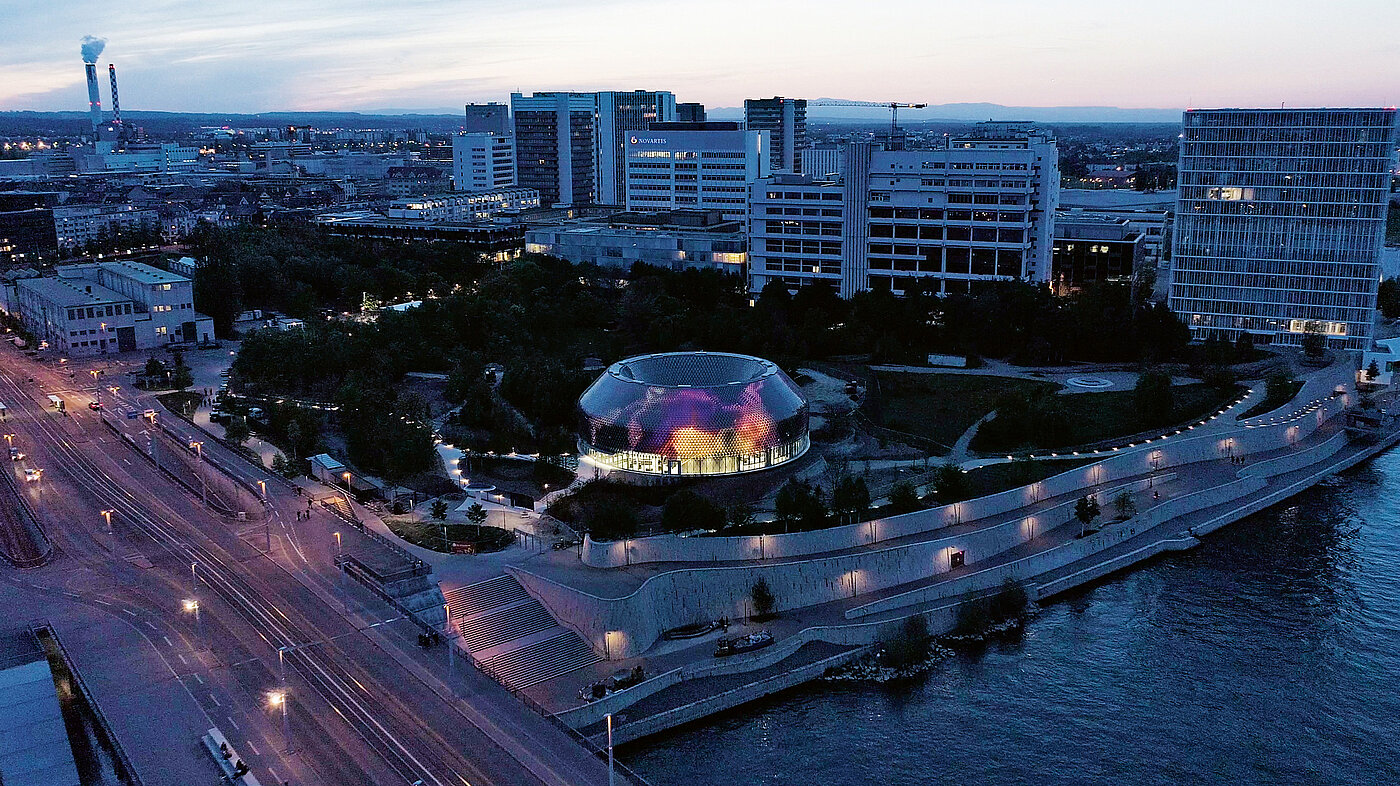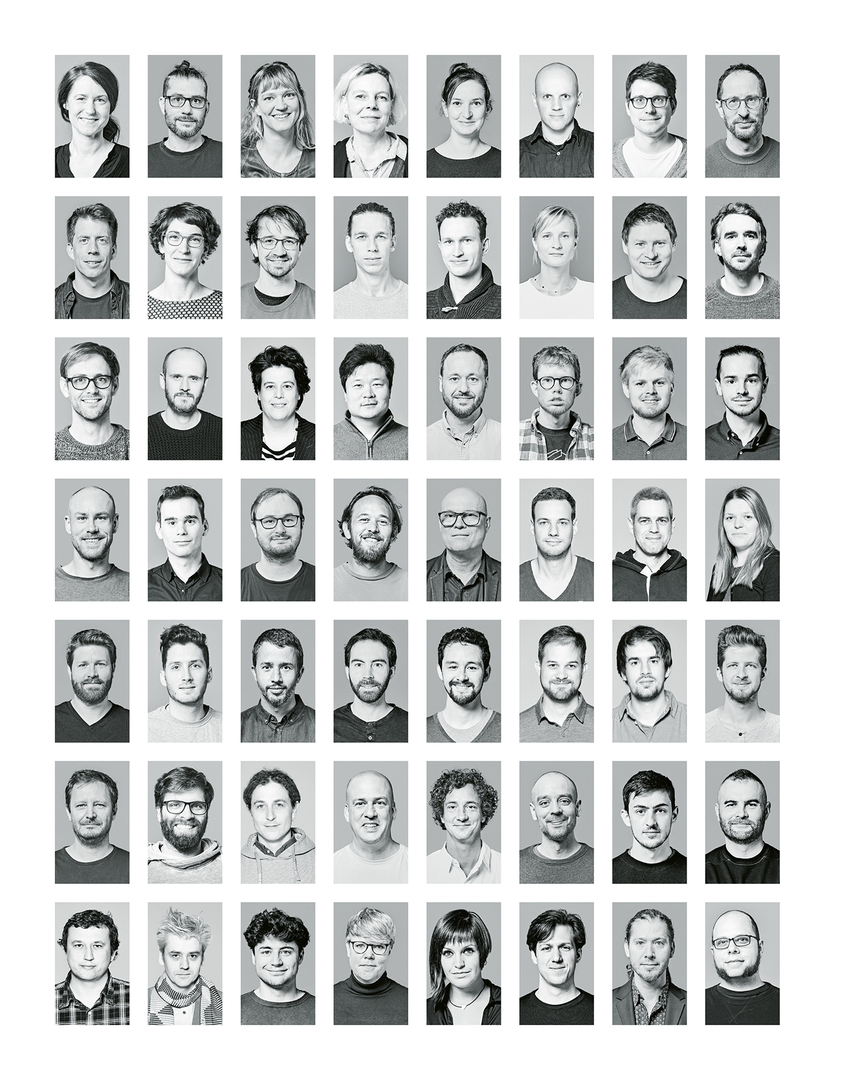![[Translate to English:] [Translate to English:]](/fileadmin/_processed_/d/7/csm_10-DP01001-2023BC_neu_6d11e7d5f7.png)
iart, founded in Basel in 2001, is dedicated to the dynamic discipline of media architecture. An interdisciplinary approach and the use of the latest digital technologies ensure spectacular installations that expand spaces, while integrating seamlessly into their surroundings. Close coordination with architects, artists and clients such as museums or companies is just as indispensable as constant further development. That is why the studio’s founder Valentin Spiess always has an eye on the future possibilities of digital media design: “AI will certainly also make its way into this field. In addition to the generative aspects of AI, we are particularly interested in the participatory approaches associated with it: What if I could talk to a building? What if a media facade reacted to me personally?”
iart’s international implementations have already won various awards, and the Novartis Pavillon in Basel is another beacon project. The 10,000 solar modules not only ensure an environmentally friendly presentation, but also sparkle in the eyes of visitors to the company and the city.
Interview with iart – studio for media architectures
Red Dot: Design and technology are closely linked at iart. Do you generally see this as the new job profile of the designer?
iart – studio for media architectures: At iart, we don’t distinguish between designers and engineers. We work in interdisciplinary teams. The transition between the disciplines is fluid. Creative engineers play an important role for us because they essentially build the bridge between technology, innovation and design. In addition, collaboration with architects is of central importance, because we understand media facades as an integral part of architecture. In the case of the Novartis Pavillon, we designed the facade together with AMDL CIRCLE, in particular with Nicholas Bewick and Michele De Lucchi.
Equipped with 10,000 solar modules, the Novartis Pavillon produces more electricity than it consumes. How important is the ecological aspect in architecture today?
Sustainability is important in all areas of architecture, including our work. With this project, we wanted to show that a media facade can generate electricity, not just consume it. By combining communication capability and energy generation, we create new possibilities – both in terms of design and sustainability. For us, it is clear that continuous engagement with sustainability is the only possible way forward.
The pavillon is used by artists who developed the motifs together with Novartis scientists. Were there points where compromises were necessary?
The media facade we developed has a lot of design potential, but it also comes with limitations. It is round, has a certain resolution and can display content on both the front and the back. The three artists – Daniel Canogar, Esther Hunziker and Semiconductor – accepted this design challenge very positively. So it was a question not of compromise, but of exploiting the potential of this unique medium.
Are you sometimes surprised yourself by the final effect of a project?
In addition to models and prototypes, we always work with real-time 3D simulation right from the start. This gives us the possibility to test the effect and initial content at an early stage. But even with this project, I was positively surprised by the creativity with which the artists explored the potential of the facade.

